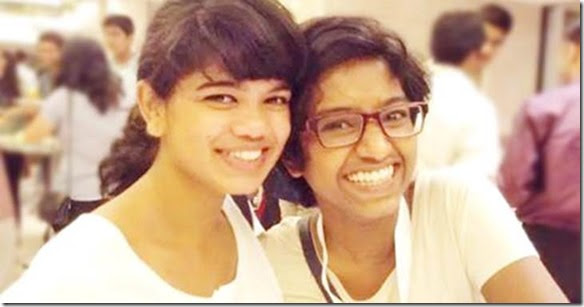|
ZAGNY’s own Zaneeta E. Daver lives in Washington D.C. Last year she did ….for a second time ….something we all dream of ! Sailing around the world. And now she is trying to give the same opportunity to two young girls, for what makes it an unbelievable story.
She brings about the true Zarathushti spirit in trying to help others. Here is her story and her mission. Use the Go Fund Me link below and make a donation. Every small bit helps.
Zaneeta writes
In the spring of 1994 I was given the greatest gift possible by my parents…the opportunity to sail around the world for a semester in college. Semester at Sea changed my life is so many ways and helped develop me into the person I am today. It was my dream to sail again as a staff member, and this past spring that dream was realized when I sailed as the Assistant Executive Dean. Now I want to help make the same dreams come true for two very special women. Their story not only touched me, but amazed me. And it is near to my heart because they are from Mumbai, India… the city my family is from.
From Living in a Mumbai Brothel to Seeing the World
Shweta Katti and Kavita Hosmani were both born in Kamathipura, the red-light district of Mumbai, India, and grew up in a brothel. Their father passed away from AIDS when they were just four years old. As best friends (before they knew they had the same father) at age 15, they started planning their lives. They would live together, go to university together, and move to America together. In just a few years with the help of the Indian NGO Kranti so much has changed for both of these young women.

Shweta is now a college student at Bard College in NY and Kavita is studying in preparation for applying to college. Shweta has truly excelled and was one of the six awardees at the 2014 United Nations Youth Courage Awards ceremony on September 22. She was honored for her contribution as an agent of change in their support for girl’s education and women’s rights. Both, Shweta and Kavita were accepted to sail on Semester at Sea, but they still need funding to complete program fees, shipboard expenses, participate in field programs, and travel while in port. Both of these women were told they would never amount to anything and would never get out of the red-light district, and despite the odds and hardships they have excelled. Both women have worked intensively to make up for their lost years of education and I want to reward them and help them chase our dreams of studying together. Please help me, help them be able to participate fully! I am trying to raise $10,000 by the end of the year. To date, almost $2,500 has been raised.
As Robin at Kranti wrote me, I write to you…”Thank you so very, very much for your time, energy and support. They say it takes a village to raise a child, but I think it takes the whole world to make Kranti’ s work successful. Thank you so much for taking on this role to help Kavita and Shweta fulfill their dreams!”
Thank you!
Zaneeta Daver
To make a donation to the fund to help them participate,
please visit
|






